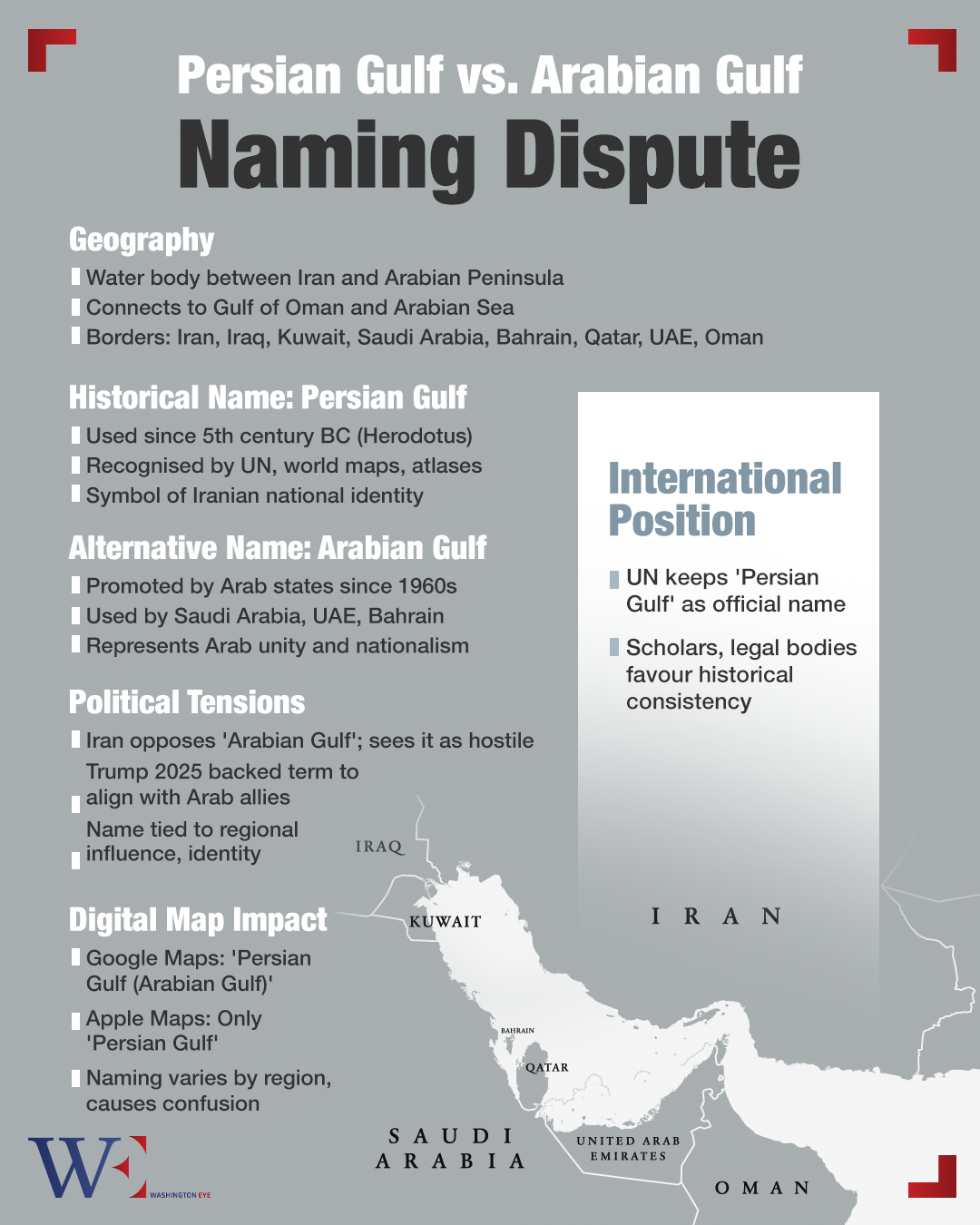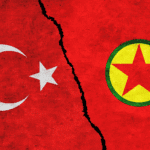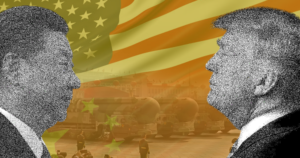In a world where maps shape minds and names wield narrative power, President Donald Trump has once again thrust language into the geopolitical spotlight. His administration’s recent declaration to formally refer to the Persian Gulf as the Arabian Gulf is more than a semantic twist—it’s a diplomatic thunderclap echoing across a deeply divided region.
The body of water separating Iran from the Arabian Peninsula has, for centuries, been known internationally as the Persian Gulf. Cartographers from Herodotus to National Geographic labelled it accordingly, and UN documentation still upholds the Persian designation. But Trump, never one to bow to convention, has thrown the weight of the White House behind the alternate name—one long championed by Arab Gulf states. In doing so, he’s not only poked a historical hornet’s nest but also signaled a sharp pivot in U.S. regional allegiances.
This isn’t Trump’s first rebranding campaign. Earlier this year, in a move that was ridiculed as both bold and bizarre, he directed U.S. federal agencies to refer to the Gulf of Mexico as the “Gulf of America.” The intention was clear: redefine borders, assert American identity, and rattle the establishment. Now, by pushing for the Arabian Gulf, he seeks to reaffirm Washington’s posturing with Gulf Arab monarchies—especially Saudi Arabia and the UAE—at a time when Iran remains the region’s most vilified outlier.
In Trump’s lexicon, names are political currency. Just as “radical Islamic terrorism” became a litmus test of ideological clarity, so too does “Arabian Gulf” become a badge of regional loyalty. It’s no coincidence that the announcement came during his high-profile tour of the Gulf states, where billion-dollar investment deals and defense cooperation made headlines. To the leaders rolling out the red carpet, the shift is seen not only as symbolic validation, but as linguistic alignment with Arab nationalism.
Unsurprisingly, Iran erupted. Officials called the move “a historical distortion” and “an insult to all Iranians.” Iranian Foreign Minister Abbas Araghchi accused the Trump administration of cultural vandalism, warning that such provocations further jeopardize already tenuous negotiations over sanctions and nuclear policy. The name “Persian Gulf” is tied tightly to Iranian identity—it’s more than geography; it’s sovereignty, heritage, and pride.
What makes the renaming more inflammatory is its timing. As Iran accelerates uranium enrichment and diplomatic channels remain fragile, even a word change can carry the weight of war. Iran has previously threatened legal action against companies and institutions that use ‘Arabian Gulf’ in official materials, and this move could add a fresh layer of tension to already combustible U.S.-Iran relations.
The skirmish hasn’t remained confined to political offices. It’s now being fought across digital landscapes. Open Google Maps, and you’ll find a dual-naming compromise: ‘Persian Gulf (Arabian Gulf).’ Apple Maps sticks with ‘Persian Gulf.’ The online naming conventions vary depending on your location—and, in some cases, the region’s political pressure.
Tech giants now find themselves as unexpected referees in the naming war. Iranian users have launched petitions, while Gulf Arab users lobby for changes to reflect their preferred terminology. For platforms obsessed with neutrality, this is a diplomatic landmine.
Trump’s choice of ‘Arabian Gulf’ may appear like a symbolic gesture, but in the Middle East, symbolism can spark real consequences. It’s a calculated nod to the Gulf monarchies who have increasingly aligned with the U.S. on economic and military grounds—and a calculated snub to Iran, whose isolation has become a cornerstone of Trump’s foreign policy redux.
But such moves come at a cost. In a region already fractured by war, displacement, and ideological conflict, rewriting labels can deepen divides. It’s one thing to negotiate arms deals or energy contracts. It’s another to rewrite cartographic identity.
What’s perhaps most telling is the emergence of what some are calling ‘map diplomacy’—using the language of geography as an instrument of power. Trump, ever the brand manager, understands that words imprint perception. The world might still say ‘Persian Gulf,’ but when the White House says otherwise, the reverberations are global.
Trump’s renaming initiative may score political points with Gulf allies and inflame Iran, but it also sets a precedent where language itself becomes a lever of influence. It may seem like a sideshow in an era of drone strikes and digital warfare, but rest assured—it’s stagecraft crafted for statecraft.
And in Trump’s playbook, the map is just another battlefield.















